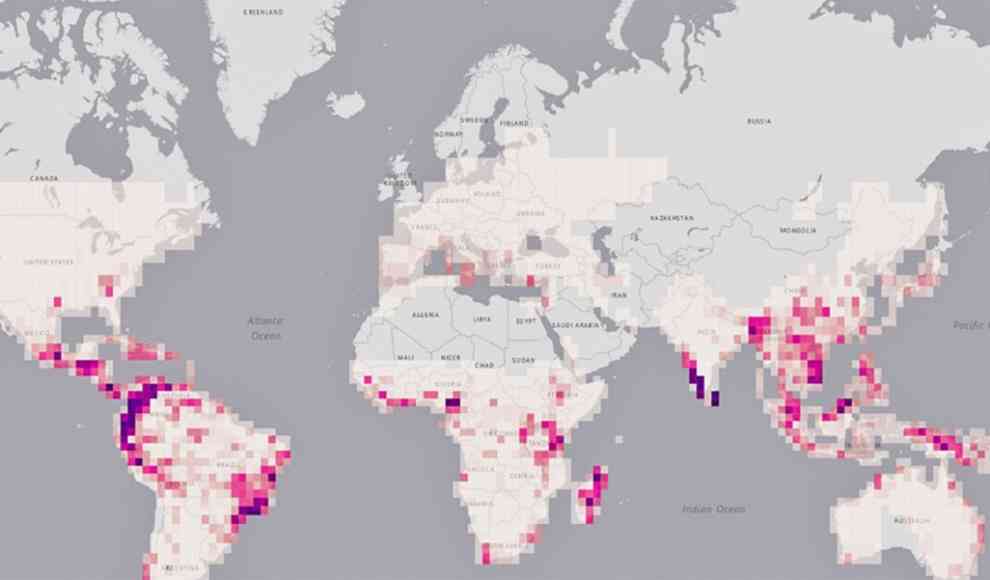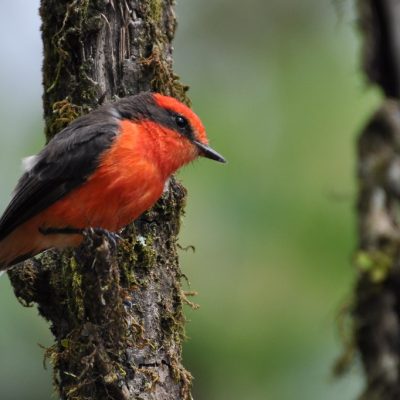The world is home to an incredible variety of species, but only a small percentage of them have been scientifically described. In fact, estimates suggest that only 10-20% of all living organisms on Earth have been identified. To address this knowledge gap, a team of researchers from Yale University has created a “world map of undiscovered species” that highlights regions where new vertebrates may be found.
The researchers used historical and current data to estimate the number of undiscovered species in each of the four main groups of vertebrates: mammals, birds, reptiles, and amphibians. They then created a map that identifies the most promising regions for new discoveries. According to the study, the chances of finding new species depend on a variety of factors, including the level of human activity in the area and the size of the species in question.
The researchers hope that their map will help conservationists and scientists prioritize their efforts to protect and study the world’s biodiversity. They also plan to expand the map to include undiscovered plant, marine, and invertebrate species. With the world changing at an unprecedented pace, it is more important than ever to understand and protect the incredible diversity of life on Earth.
According to Walter Jetz, one of the lead researchers on the project, “Given the pace at which the environment is changing around the planet, there is no doubt that many species will go extinct before we ever learn of their existence. I believe we owe it to future generations to close these knowledge gaps as quickly as possible.” By identifying regions where new species are likely to be found, the researchers hope to inspire new efforts to protect and study the world’s biodiversity.










